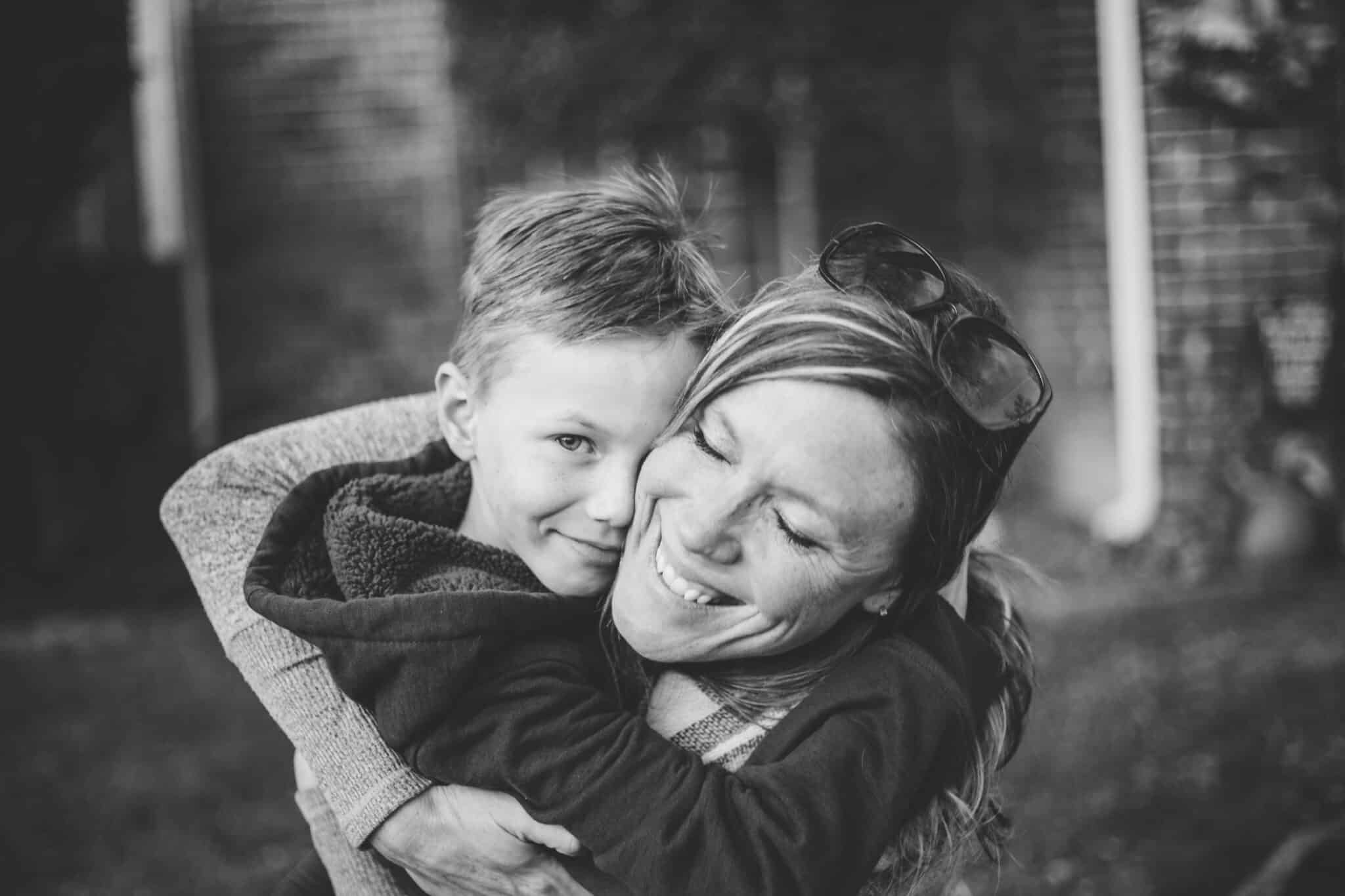I’m standing next to my son. He has just turned 9 years old. I smile at him and ask, “May I give you a hug?” I wait for him to answer, and I don’t move until I hear him say yes. At that point, I wrap my arms around him and envelop him in a big bear hug. He smells like a kid should—a mixture of soap and sweat. I want to give him a kiss, but I pause and ask, “May I give you a kiss?”
Again, I wait for him to clearly say yes before I plant a kiss on the top of his head. Then the moment is over, and the tangled hug is finished.
Ask First
For as long as my son and daughter have been old enough to understand language, this is the way we have acted in our home. My wife and I do not touch the kids without asking first. We do not touch them without their consent.
From a distance, I realize this might look odd, or it might seem a cold and clinical way to raise our children. I get that. But we have a lot of affection in our home—we just ask first.
We live in a culture where consent is a very murky matter, especially where children are concerned. When our children were born, my wife and I started talking a lot about this. We wanted to find ways to communicate to our children that their bodies were theirs, and that they had the right to say—no matter who it was or what the situation—whether or not they wished to be touched or left alone.
We are now more than a decade into the practice, and it has been a powerful learning experience for me.
A Lesson Learned
When I was younger, I was a very “huggy” person. I was physically affectionate with my friends and, sometimes, they would let me know that it made them uncomfortable. At the time, I found that confusing. How could anyone not want a hug?
I realize now that I was not listening properly to the people around me and the very clear boundaries they were trying to set. More than this, I now realize how uncomfortable some people were around me because of this, to the point that I made them feel unsafe.
This realization was part of the conversations I had with my wife. We also talked about the kind of situations we had both been in where boundaries were blurry or unclear. We both found ourselves wishing that we had felt more equipped to speak up about times we felt uncomfortable in those situations.
So we made the decision together to arrange our home such that everyone could expect that their active, affirmative consent would be sought and respected before a hand was placed upon them.
After years of practicing this way of raising our children, I can tell you that I love it. It has changed the way I think about all my interactions in the world. In learning to wait for the consent of my children, I have become more aware of the ways that my own space had become eroded in social situations over the years. I have learned to reclaim that space for myself in my adult interactions, and it has been a source of healing for me.
A little while later, my 11-year-old daughter approaches and begins talking with me. After a moment, she reaches out to put her arms around me. I do not react or move. Then she remembers, and asks, “May I hug you?” I answer yes, and then my arms enfold her.
I am grateful for the home we have built, the four of us. It is full of light and a whole lot of affection. We just make sure to ask first.








